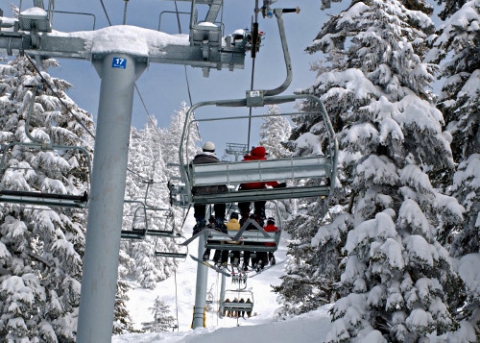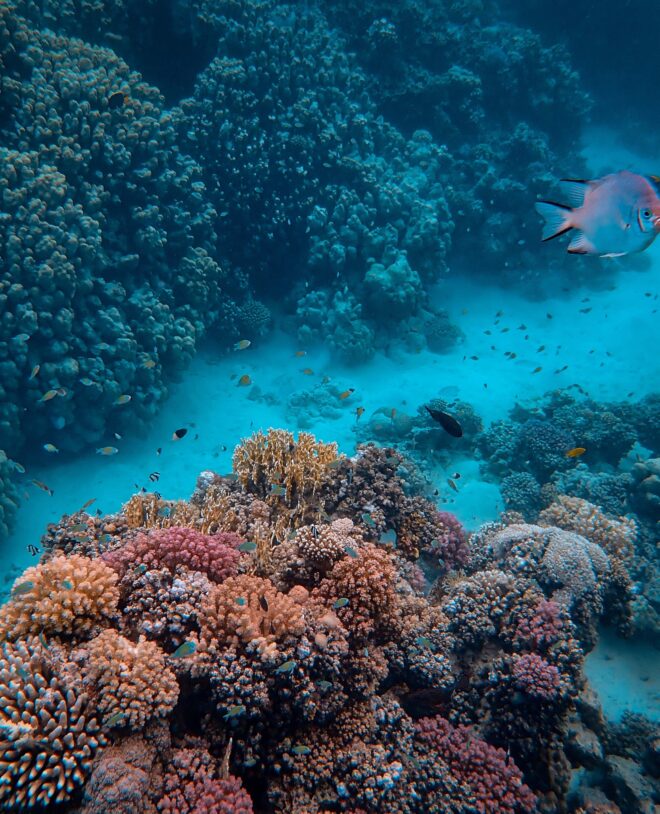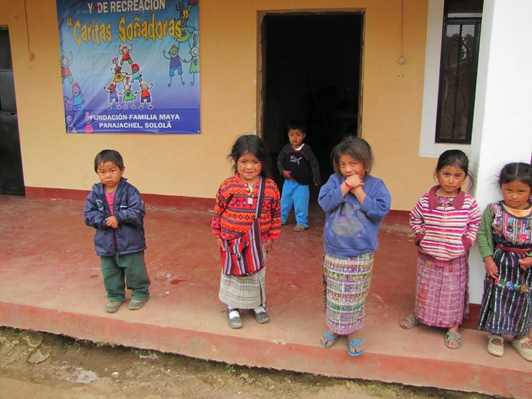“Best Mountain Escapes in Asia
Related Articles Best Mountain Escapes in Asia
- Authentic Family-Friendly Destinations: Creating Unforgettable Memories
- Authentic Art Lover Trips For Kids: Nurturing Creativity And Appreciation
- The Ultimate Backpacking Bucket List: 20 Unforgettable Adventures Around The World
- Europe On A Plate: A Budget Traveler’s Guide To Delicious And Affordable Food
- Best Backpacking Trips For Kids
Introduction
With great enthusiasm, we dive into an engaging topic: Best Mountain Escapes in Asia. Join us as we navigate insights that inform, inspire, and open new perspectives for our readers.
Table of Content
Best Mountain Escapes in Asia

Asia, the world’s largest and most diverse continent, boasts a stunning array of mountain ranges that offer breathtaking scenery, rich cultural experiences, and thrilling adventures. From the towering Himalayas to the verdant peaks of Southeast Asia, there’s a mountain escape to suit every traveler’s taste. Whether you’re seeking a challenging trek, a tranquil retreat, or a glimpse into unique cultures, Asia’s mountains promise an unforgettable journey.
1. The Himalayas, Nepal:
No list of Asian mountain escapes would be complete without mentioning the Himalayas, home to the world’s highest peak, Mount Everest. Nepal, in particular, is a trekking paradise, offering trails that range from easy walks to challenging expeditions.
- Everest Base Camp Trek: This iconic trek takes you to the foot of Mount Everest, offering stunning views of the surrounding peaks and an insight into the Sherpa culture. The trek typically takes 12-14 days and requires a good level of fitness.
- Annapurna Circuit: This classic trek circles the Annapurna massif, offering diverse landscapes, from lush valleys to high mountain passes. The trek can be customized to suit different fitness levels and time constraints.
- Langtang Valley Trek: This less crowded alternative to the Everest and Annapurna regions offers stunning views of the Langtang Himalayas and a chance to experience the Tamang culture.
2. The Indian Himalayas, India:
The Indian Himalayas offer a diverse range of experiences, from spiritual retreats to adventure activities.
- Leh-Ladakh: This high-altitude desert region is known for its dramatic landscapes, Buddhist monasteries, and adventure activities like trekking, mountaineering, and white-water rafting.
- Shimla and Manali: These popular hill stations offer a blend of colonial charm, scenic beauty, and adventure activities like skiing, paragliding, and trekking.
- Valley of Flowers National Park: This UNESCO World Heritage Site is a paradise for nature lovers, with its stunning display of alpine flowers in the summer months.
3. The Japanese Alps, Japan:
The Japanese Alps offer a unique blend of stunning mountain scenery, traditional Japanese culture, and world-class hiking trails.
- Kamikochi: This picturesque valley is known for its pristine lakes, forests, and stunning views of the surrounding peaks. It’s a popular destination for hiking, camping, and enjoying the natural beauty of Japan.
- Tateyama Kurobe Alpine Route: This unique route takes you through the heart of the Japanese Alps, using a combination of cable cars, buses, and trolleybuses. The route offers stunning views of the mountains, glaciers, and alpine scenery.
- Mount Fuji: While technically a volcano, Mount Fuji is an iconic symbol of Japan and a popular destination for hiking. Climbing Mount Fuji is a challenging but rewarding experience, offering stunning views of the surrounding landscape.
4. Sapa, Vietnam:
Sapa, located in the Hoang Lien Son Mountains of northern Vietnam, is a popular destination for trekking, experiencing the local hill tribe cultures, and enjoying the stunning scenery.
- Trekking to Villages: Sapa is known for its stunning rice terraces and the colorful cultures of the local hill tribes, such as the Hmong and Dao. Trekking to the villages allows you to experience their way of life and learn about their traditions.
- Fansipan Peak: As the highest peak in Indochina, Fansipan offers a challenging but rewarding climb. You can either trek to the summit or take a cable car for a quicker and easier ascent.
- Bac Ha Market: This vibrant Sunday market is a great place to experience the local culture and buy traditional handicrafts.
5. Cameron Highlands, Malaysia:
The Cameron Highlands, located in Pahang, Malaysia, are known for their tea plantations, strawberry farms, and cool climate.
- Tea Plantations: The Cameron Highlands are home to some of Malaysia’s largest tea plantations. Visitors can take tours of the plantations, learn about the tea-making process, and enjoy a cup of freshly brewed tea.
- Strawberry Farms: The cool climate of the Cameron Highlands is perfect for growing strawberries. Visitors can pick their own strawberries at the farms and enjoy strawberry-themed treats.
- Hiking Trails: The Cameron Highlands offer a variety of hiking trails, ranging from easy walks to challenging climbs. The trails offer stunning views of the surrounding mountains and forests.
6. Mount Kinabalu, Malaysia:
Mount Kinabalu, located in Sabah, Malaysia, is the highest peak in Southeast Asia. Climbing Mount Kinabalu is a challenging but rewarding experience, offering stunning views of Borneo.
- Climbing Mount Kinabalu: The climb to the summit of Mount Kinabalu takes two days and requires a permit. The trail is well-maintained, but the altitude can be challenging.
- Kinabalu Park: This UNESCO World Heritage Site is home to a diverse range of flora and fauna, including the Rafflesia, the world’s largest flower.
- Poring Hot Springs: After climbing Mount Kinabalu, relax and rejuvenate at the Poring Hot Springs.
7. Mount Pulag, Philippines:
Mount Pulag, located in Luzon, Philippines, is the highest peak in Luzon and the second highest in the Philippines. It is known for its "sea of clouds" phenomenon.
- Trekking to the Summit: Trekking to Mount Pulag is a popular activity, with several trails to choose from. The most popular trail is the Ambangeg Trail, which is relatively easy and offers stunning views of the sea of clouds.
- Camping: Camping is allowed on Mount Pulag, allowing you to witness the sunrise and sunset from the summit.
- Local Culture: The area around Mount Pulag is home to indigenous communities, offering a chance to learn about their culture and traditions.
8. Gangtok, Sikkim, India:
Gangtok, the capital of Sikkim, India, offers stunning views of the Himalayas, Buddhist monasteries, and a vibrant culture.
- Tsomgo Lake: This high-altitude lake is surrounded by snow-capped mountains and is considered sacred by the locals.
- Nathula Pass: This mountain pass connects Sikkim to Tibet and offers stunning views of the Himalayas.
- Rumtek Monastery: This large monastery is a replica of the original monastery in Tibet and is an important center of Tibetan Buddhism.
9. Da Lat, Vietnam:
Da Lat, located in the Central Highlands of Vietnam, is known for its cool climate, French colonial architecture, and stunning scenery.
- Dalat Flower Gardens: Da Lat is known as the "City of Flowers" and is home to beautiful flower gardens.
- Crazy House: This unique and quirky building is a popular tourist attraction.
- Waterfalls: Da Lat is surrounded by beautiful waterfalls, such as Datanla Falls and Pongour Falls.
10. Baliem Valley, Papua, Indonesia:
The Baliem Valley, located in the highlands of Papua, Indonesia, offers a unique cultural experience and stunning mountain scenery.
- Dani Tribe: The Baliem Valley is home to the Dani tribe, who have maintained their traditional way of life.
- Trekking: Trekking in the Baliem Valley allows you to experience the local culture and see the stunning scenery.
- Pig Feasts: Witness a traditional pig feast, a significant cultural event for the Dani tribe.
Tips for Planning Your Mountain Escape:
- Choose the right destination: Consider your fitness level, interests, and budget when choosing a mountain escape.
- Plan your trip in advance: Book accommodations, permits, and transportation in advance, especially during peak season.
- Pack appropriately: Pack for all types of weather, including warm layers, rain gear, and sturdy hiking shoes.
- Acclimatize to the altitude: Spend a few days at a lower altitude before ascending to higher elevations to avoid altitude sickness.
- Respect the local culture: Learn about the local customs and traditions and be respectful of the local people.
- Hire a local guide: A local guide can enhance your experience and provide valuable insights into the local culture and environment.
- Be prepared for emergencies: Carry a first-aid kit, a map, and a compass, and know how to use them.
- Leave no trace: Pack out everything you pack in and minimize your impact on the environment.
Asia’s mountains offer a diverse range of experiences, from challenging treks to tranquil retreats. Whether you’re seeking adventure, cultural immersion, or simply a chance to escape the hustle and bustle of city life, Asia’s mountains promise an unforgettable journey. So, pack your bags, lace up your boots, and prepare to be amazed by the beauty and grandeur of Asia’s mountain escapes.




